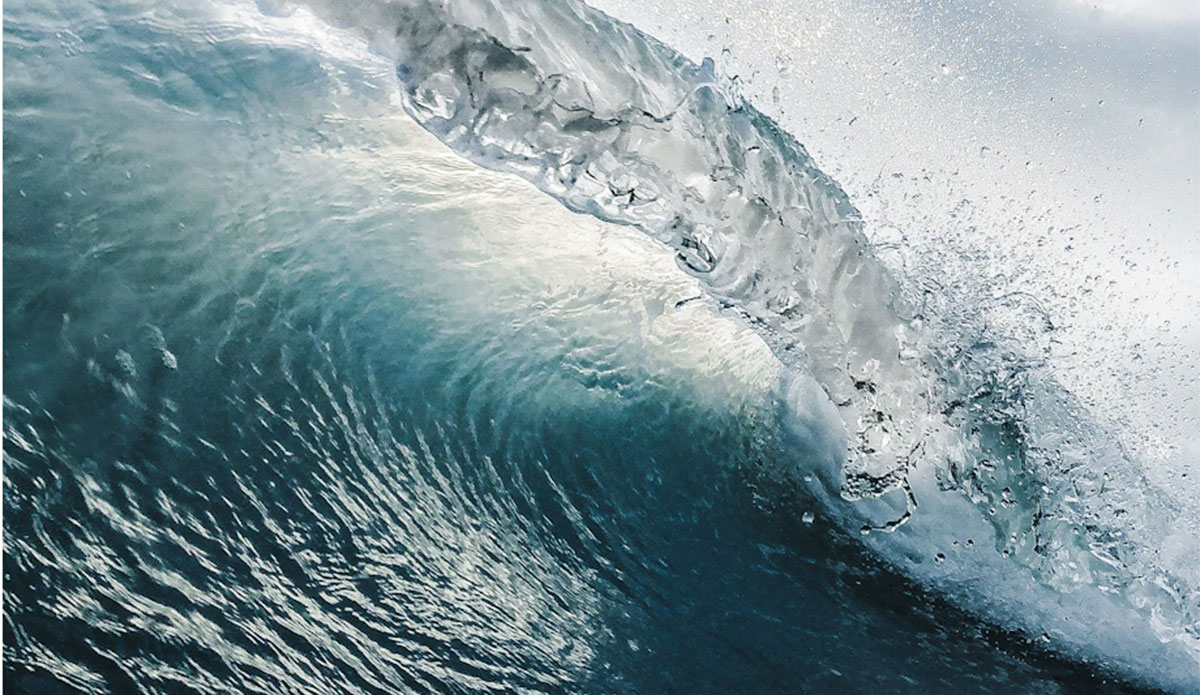
Questions? Just ask math! Photo: Unsplash
![]()
Since mathematicians became a thing in Babylonia somewhere around 2000 BC, number crunchers have been mystified by ocean waves. About 300 years ago, the Leonhard Euler fluid-dynamics equations attempted to describe how fluids move — and did a decent job of it, too — but when it comes to the ocean, there are so many variables that prediction becomes nearly impossible. But new research into something almost impossibly complicated could be a very large step in the wave prediction world.
Before we get into it, it will help to know a few things. Mathematicians are able to solve what are called Euler’s equations and predict how fluid will move over a given time period if they know the location and velocity of each individual drop of water. The equations are similar to how Jeopardy works: the waves, eddies, tsunamis, currents, and tides are all answers to them. Using the equations, researchers are able to take the location from the space the water occupies and the velocity from its speed then extrapolate forward in time to find the answer to what those water droplets will eventually do. In theory, anyway. In reality, of course, there is just too much data to accurately say what will happen to the water droplets down the road because the smallest of changes anywhere along that road can drastically change the outcome.
Even when researchers dumb down Euler’s equations to their simplest form — a steady train of rolling waves with no friction — they found that getting to an answer with any degree of scientific certainty was impossible. Tiny deviations, like a gust of wind or errant drop of water, will disrupt the flow. But researchers looking closer at the moments of instability found something odd.
“There are zones where waves are stable, then unstable, then stable again, like a chain of islands,” wrote Joseph Howlett for Wired. “The new research finally proved that these alternating islands’ of stability and instability really exist — and they go on infinitely.”
Wave prediction is still a confounding problem, despite these new advances — even for researchers actively working on it. Like a group of Italian mathematicians led by Alberto Maspero out of Roma Tre University in Rome. They think they’ve finally figured out away to use mathematics to predict exactly when instabilities in waves occur, and when they are stable.
The process involves a whole lot of complicated solutions difficult for the layperson to understand – and even researchers for that matter.
“Before starting math, I thought water waves were something very understood — not a problem at all,” said Paolo Ventura, a postdoctoral fellow at the Swiss Federal Institute of Technology Lausanne and Maspero’s former graduate student. “But in reality, they are just strange.”
So what does that mean? Well, unless you’re an Italian mathematician working on the problem, probably not much… yet. But it gives researchers invaluable information into a whole gamut of fluid-motion problems and in the future, we might be able to better predict how destructive a tsunami will be or when a rogue wave might appear.

